
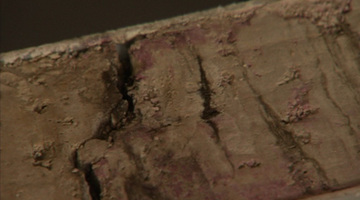
This timeline provides a look at some of the historical aspects in finding out the age of the Earth. Find about more the developments in how geologists find out the ages of rocks and fossils ...
READ MORE
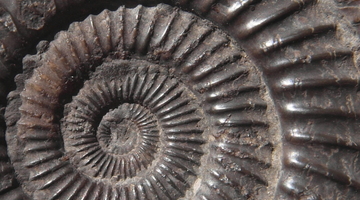
Learn how geologists find out the ages of rocks and fossils to help explain how New Zealand’s structure – and the life it supports – has changed over millions of years. This resource provides ...
READ MORE

A more precise timeline now shows Aotearoa was first settled in the North Island before the settlers expanded south and then retreated again when the climate changed. This article has been ...
READ MORE
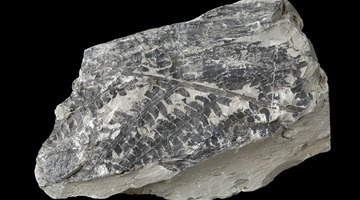
In this activity, students date fossils from one site by matching them to fossils already dated somewhere else. They use real data from Mangahouanga, made famous by paleontologist Joan Wiffen. By ...
READ MORE

In this activity, students use different pieces of a jigsaw to work through a process of observation, discussion, collaboration and deduction to determine what the picture shows. The activity is ...
READ MORE
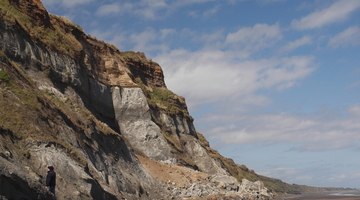
Scientists have a variety of methods to use when they try to date a rock or a rock layer. Scientists choose the method that best suits their material – they might use relative or absolute dating ...
READ MORE
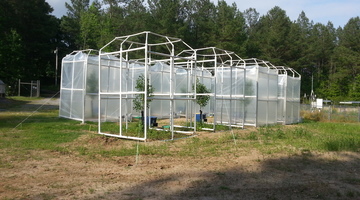
By comparing some features of fossilised plants with the same features of plants living today, scientists hope to be able to learn more about the effect of changing carbon dioxide (CO2) levels in ...
READ MORE
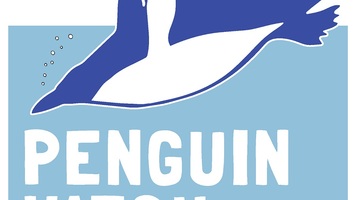
Help scientists establish valuable baseline data about the numbers, locations, habits and health of penguins in a range of Southern Ocean sites. This information will enable better understanding ...
READ MORE
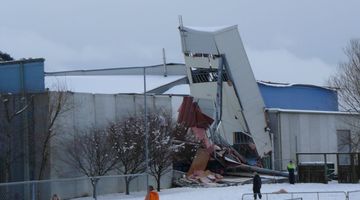
Large snow events in most parts of New Zealand are uncommon. However, if you are in the South Island or the central North Island, this citizen science project could be a great one for your ...
READ MORE
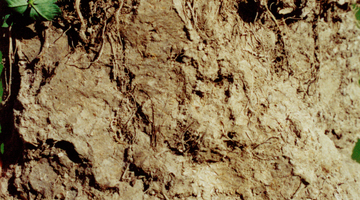
Science capabilities connect the nature of science, the key competencies and the science content strands. In this online PLD session recorded on 19 May 2016, we explore the five core capabilities ...
READ MORE
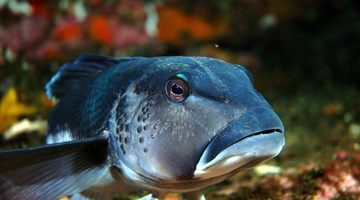
There are many marine classroom activities and resources on the Science Learning Hub useful for Seaweek 2015. This online PD session recorded on 19 February 2015 shows primary and secondary ...
READ MORE

Seaweek is New Zealand’s annual national week about the sea. It is coordinated by the Sir Peter Blake Marine Education and Recreation Centre (MERC) and includes a wide range of events ...
READ MORE
Dr Fiona Petchey from the Waikato Radiocarbon Dating Unit based at the University of Waikato, explains what an isotope is. She then focuses on the isotopes of carbon and explains how the ...
READ MORE
Dr James Crampton explains that all geologists need to know the age of the rocks they work with. At GNS Science, important research continues to make the New Zealand geological timescale more ...
READ MORE
Joan Wiffen and colleagues were famous for finding fossils at Mangahouanga Stream, in north-west Hawke’s Bay. Dr James Crampton, paleontologist at GNS Science, outlines some of the marine ...
READ MORE
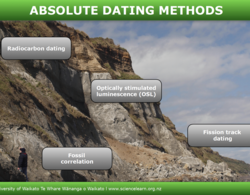
Absolute dating methods give rocks an actual date or date range in numbers of years. This interactive explores four different methods used in absolute dating.
READ MORE

This timeline lets you see the historical developments in technology related to weather monitoring, measuring and forecasting. It also shows how scientific thinking changed over the centuries as ...
READ MORE
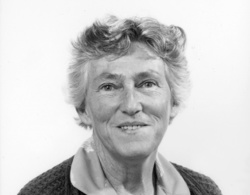
This timeline lets you see aspects of Joan's life and work, and how these fit into a wider science picture of paleontology. A full transcript is underneath.
READ MORE